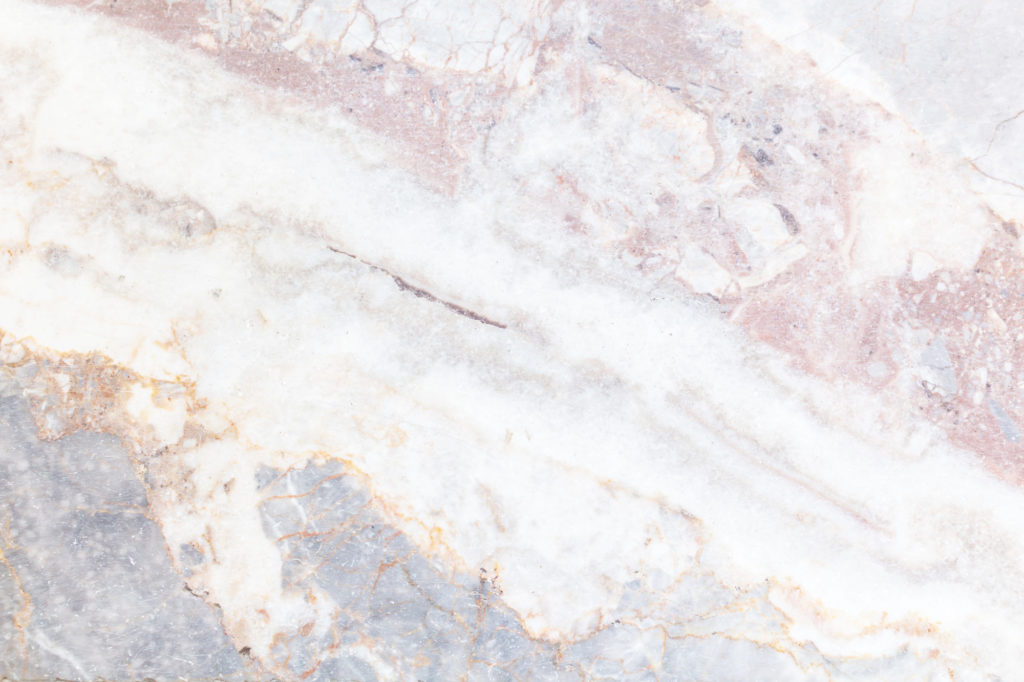Travertine vs. Marble: Which Stone Is Right for You?
Are you looking to make some improvements to your home or business?
Natural stone provides a timeless, elegant look while also being durable and practical. When it comes to natural stone, most people only think of marble, but other stones, such as travertine are often better suited to the job. But how can you be sure you have the best stone for your purpose?
Don’t worry! Read on for our guide to travertine vs marble.
Where to Use Marble and Travertine
Marble is very hard compared to other flooring types. This means it’ll stand up to everyday wear and tear. You’ll often find marble tiles used for:
- flooring
- wall tiles
- countertops
It also has an elegant, clean and crisp look, while being easy to maintain. Make sure to reseal every year to prevent damage.
You’ll find travertine tiles used for bathroom and kitchen floors, walls and countertops. You can also use it for ceilings and outside space.
If left unpolished, travertine has a high-friction surface. This means you’ll see it used often for poolsides. But make sure to sand it down some, as it can be tough on bare feet if not. Read the benefits of using travertine here.
Processing and Strength
Marble is both hard and fragile simultaneously. Processing marble is more expensive because of this. And there is more chance of product loss.
To prevent breakages, it has to have a special treatment applied to the back of the tile. These factors are costly, and this cost is passed on to the consumer.
Travertine is softer, which means processing the stone is easier. It also makes different types of travertine floor tiles possible. Usually, marble tiles only come in polished or honed finishes.
Durability
Both travertine and marble have their pros and cons when it comes to durability. They are both hard and durable enough to withstand most everyday use.
But travertine is softer and more porous. This means that it is prone to etching and scratching over as it ages. Some people like that timeless, aged feel that comes with leaving it ‘raw’. But if you leave it unsealed, it increases the risk of staining, etching and scratching even more.
Marble is also porous and shares some of travertine’s weaknesses. But a good sealant should help marble keep its look. You’ll want to clean up any spills immediately though, even if it’s sealed. If not, it stains easily.
Cost
When it comes to cost, natural travertine costs more than cultured marble. But natural marble comes at a higher price. Note that cost will vary depending on the stone’s geographical region and quality.
Both are heavy and can use difficulty lifting and transporting so you should factor in delivery costs. Marble tiles also do better with a seal to prevent scratching and stain damage. It’s wise to consider a profession to help deliver and install the tiles where possible.
Travertine vs Marble: Choose What’s Best for You
So there you have it! Now you know the pros and cons of travertine vs marble.
Both prone to scratching and etching over time due to their porousness. But with marble, it cannot do without its seal. Otherwise, it will stain easily and be more prone to damage.
Marble is not as suitable for outdoor use as travertine is. It’s untreated, high-friction surface makes travertine great for outdoor spaces that will get wet. Like pools or spas.
If you found this article useful, check out our other blogs.
